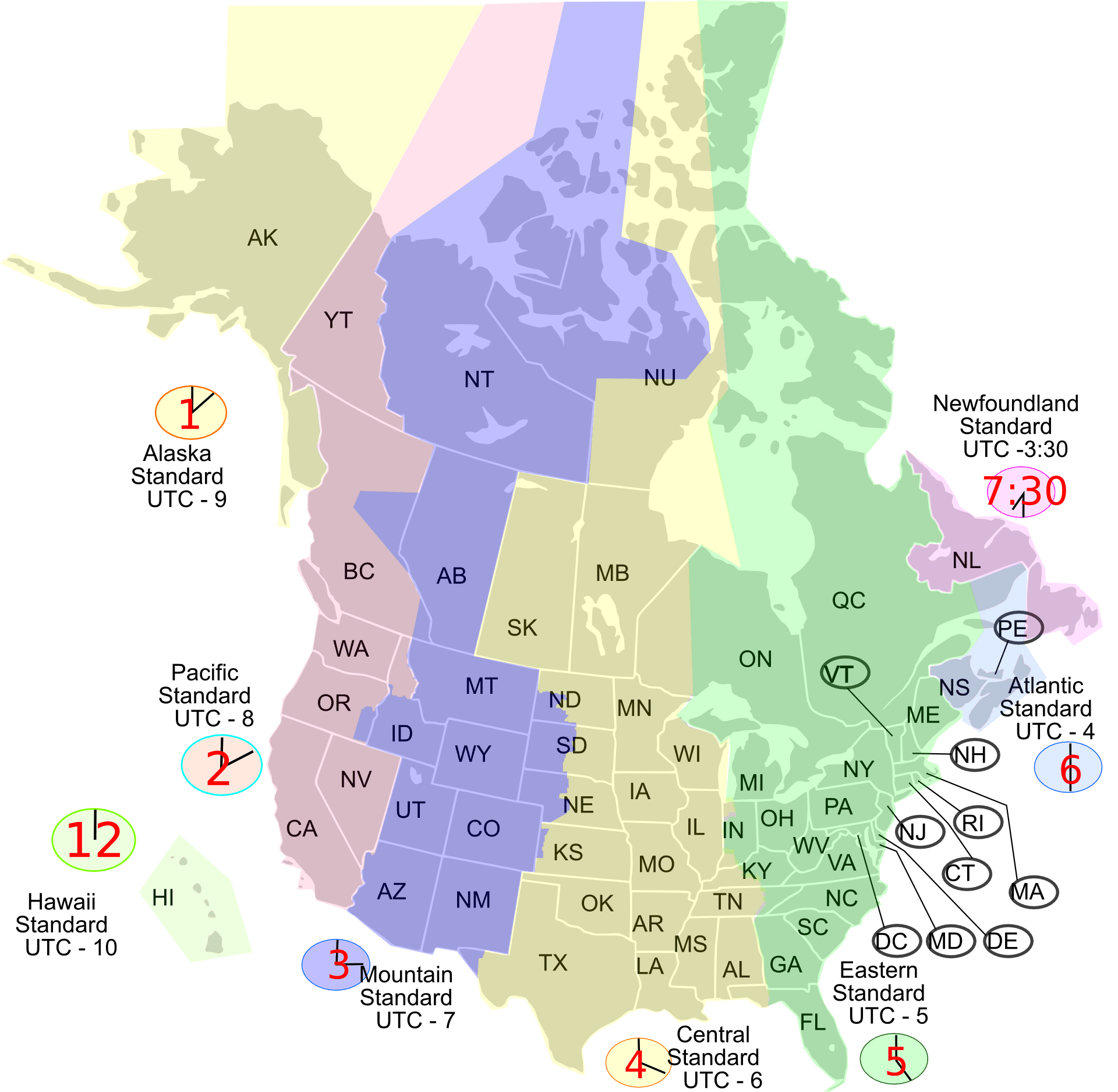Unlike in the past, today more and more SMBs are operating remotely and on a global scale irrespective of their limited infrastructure. While running a business in multiple international markets contributes significantly to your business’s growth, working with customers across different time zones poses unique challenges, including delayed customer support. For that reason, many SMBs are having a hard time figuring out how to operate successfully across multiple time zones. Here’s what you need to do to ensure there is always someone available round the clock to offer customer support across time zones:
Ideal Time Zones You Should Employ for Global Coverage
To provide 24-hour support for your customers in multiple locations, you need to know which time zones you should use. The following is a breakdown of time zones that you should employ to have your support service reps on schedule:
Eastern Standard Time (EST)
The Eastern Standard time zone covers nearly half of America’s population, stretching from the East Coast up to western Indiana. Other countries that fall in the EST includes Bahamas, Jamaica, Canada, Haiti, Cayman Islands, Panama, Mexico, and Turks and Caicos Is. Major cities in the EST zone comprise New York, Montreal, Brooklyn, Toronto, and Montreal.
Considering the sizable share that the EST covers, you should always ensure your business has someone available to offer support for your North American customers. Further, the offset time of the EST from the Coordinated Universal Time is five hours behind, often written as UTC-5.
Central Standard Time (CST)
Central Standard Time zone stretches from central Kentucky up to west Texas. It is usually 6 hours behind the Coordinated Universal Time. Countries that fall in this time zone include Guatemala, U.S., Belize, Nicaragua, Canada, Honduras, Costa Rica, Mexico, and El Salvador.
Major cities that use the CST comprise Mexico City, Ecatepec, Houston, and Chicago. Combined with the EST, these time zones cover nearly 75 percent of America’s population.
Mountain Standard Time (MST)
Mountain Standard Time is 7 hours behind the Coordinated Universal Time, and it covers from central South Dakota all the way to western Idaho. Apart from the US, other countries that use the MST time are Canada and Mexico. The largest city in this time zone is Mexico’s Ciudad Juarez and covers other major cities such as Edmonton, Calgary, and Phoenix.
Pacific Standard Time (PST)
In the US, the Pacific Standard Time is used from eastern Nevada and stretches up to the west coast. It falls 8 hours behind the Coordinated Universal Time and covers parts of North America, including the US, Canada, and Mexico. Major cities in the PST zone include Los Angeles, San Jose, and Vancouver.
Daylight Saving Time (DST)
The United States usually employs daylight saving time. This means the clock is pushed forward one hour during summer and set back an hour during winter. Europe, New Zealand, Paraguay, Southern Brazil, and some parts of the Middle East, and southeastern Australia also utilize DST. For example, during the start of the DST, the Eastern Time shifts from UTC-5 to UTC-6.
To eliminate errors when you’re calculating time differences of various time zones, you should consider using a time zone tool for increased accuracy and account for DST times.
How to Leverage Overlaps
Overlaps are the period of time where people in different time zones have shared office hours. Often, locations with similar time zones are the most ideal as they offer you more overlap hours, allowing you to quickly respond to calls and messages from your customers during the day.
If you find that your zone and that of your customers have minimal overlaps, you may want to adopt time-shifting to ensure your support staff’s availability at all times.
When is Daylight Savings time?
The rules governing when daylight savings time begins and ends each are determined separately in the United States and Canada. Regardless, the rules are the same in both countries.
- Daylight Savings begins at 2am on the second Sunday in March
- Daylight Savings ends 2am the 1st Sunday in November
Bottom Line
Whether you’re running your business locally or internationally, it’s vital to ensure your customers get support around the clock. While it can be a challenge to offer reliable support for customers in different time zones, understanding the best time differences to use can help you solve these problems. This way, you’re able to ensure your support reps are always available to offer your clients help quickly.





